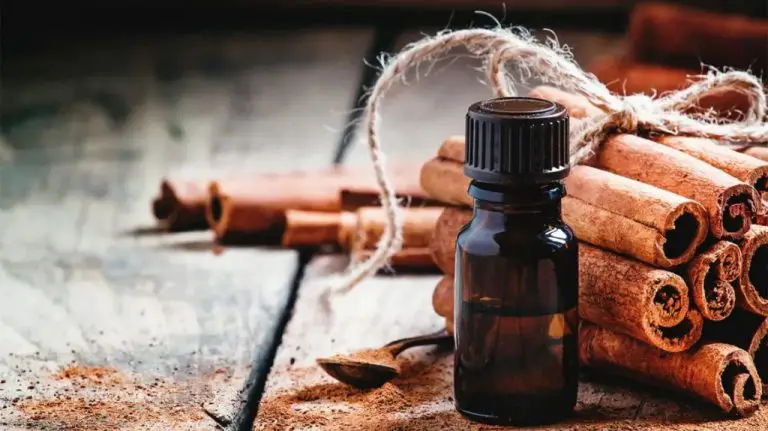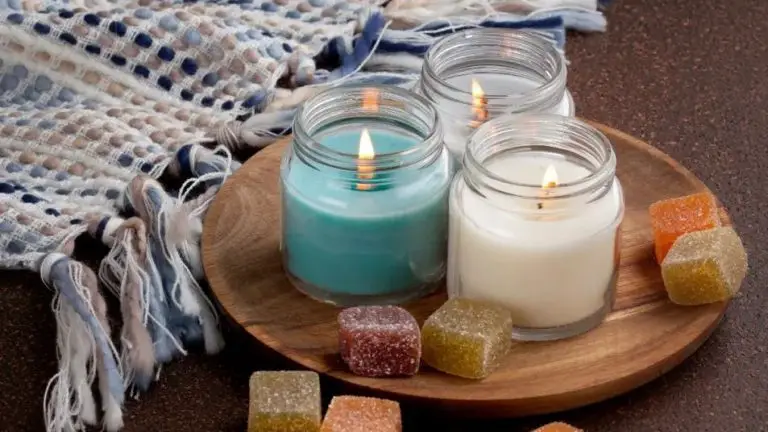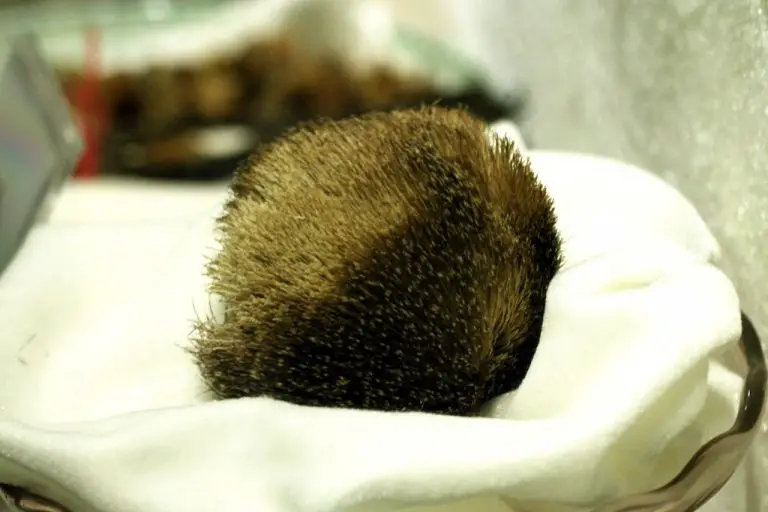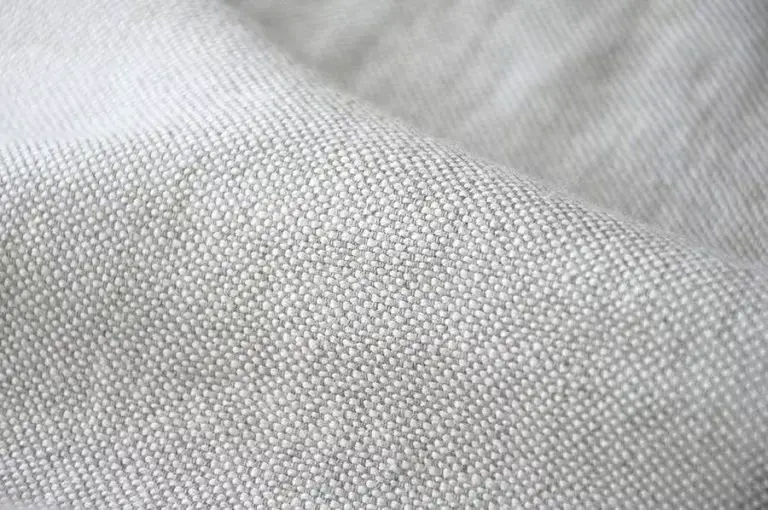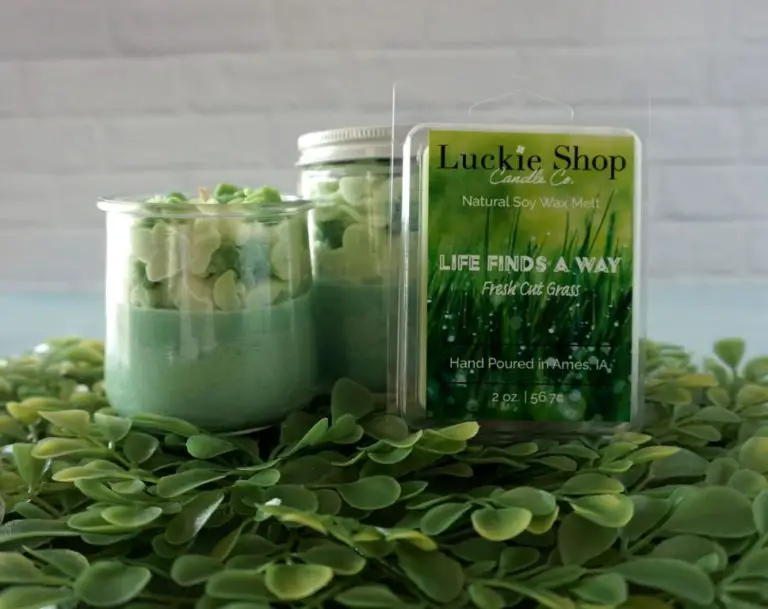Does Eucalyptus And Peppermint Go Together?
Introducing Eucalyptus and Peppermint
Eucalyptus has a long history as an aromatic plant used for its medicinal benefits. Native to Australia, eucalyptus oil was first extracted in 1788 and exported around the world, mainly for medicinal purposes (1). Eucalyptus leaves and oil contain compounds like 1,8-cineole that have antioxidant, anti-inflammatory, and antimicrobial effects (2).
Peppermint also has a lengthy history as an aromatic herb used for health benefits. Its use dates back to ancient Egypt, Greece and Rome. Today, peppermint essential oil contains menthol and menthone and is used in aromatherapy, skin care, and food/beverage flavoring for its mentally and physically invigorating effects (3).
Both eucalyptus and peppermint oils are commonly used in aromatherapy for their refreshing, energizing scent. They help boost mood, focus, and wellbeing. Topically, they provide cooling, soothing relief. Their antimicrobial action also makes them popular in household cleaners and hygiene products.
Aromatherapy Uses
Both eucalyptus and peppermint essential oils have many aromatherapy applications and benefits. Eucalyptus oil is known for its ability to open up the airways and support the respiratory system. Studies have shown inhaling eucalyptus oil can help treat symptoms of upper respiratory infections like coughing, congestion and bronchitis (1). The menthol in peppermint oil makes it an effective decongestant as well, clearing sinuses and improving breathing (2).
These oils are also beneficial for mental clarity and focus. Eucalyptus has demonstrated cognitive-enhancing effects in research, improving memory and concentration (3). Peppermint is also found to boost alertness and lessen fatigue (4). Both oils can help relieve stress when inhaled or used in massage.
For aromatherapy uses, eucalyptus and peppermint oils can be:
- Diffused for respiratory relief or mental stimulation
- Added to baths to promote relaxation
- Inhaled directly from hands or handkerchief
- Used in massage blends for muscle relaxation
Overall, both oils are energizing yet soothing, making an excellent aromatherapy combination.
Sources:
(1) https://www.healthline.com/health/9-ways-eucalyptus-oil-can-help
(2) https://www.mountsinai.org/health-library/herb/peppermint
(3) https://www.ncbi.nlm.nih.gov/pmc/articles/PMC3700080/
(4) https://pubmed.ncbi.nlm.nih.gov/26067436/
Flavor Combinations
Eucalyptus and peppermint make an interesting flavor combination for both savory and sweet foods and beverages. The minty freshness of peppermint complements the medicinal, woody notes of eucalyptus.
In baked goods like cookies and cakes, a touch of eucalyptus extract can enhance the cool flavor of peppermint. Some examples are eucalyptus-peppermint shortbread cookies or adding eucalyptus to a peppermint patty cake recipe.
For beverages, eucalyptus and peppermint tea is a popular blend. The eucalyptus adds an extra dimension to the familiar flavor of mint tea. Eucalyptus can also be used to make unique peppermint cocktails, like an eucalyptus-mint mojito.
In savory cooking, peppermint and eucalyptus pair well with lamb. A eucalyptus-mint sauce makes a nice accompaniment to lamb chops or roast lamb. Sprigs of fresh peppermint can also be used as a flavorful garnish for lamb dishes.
Overall, eucalyptus oil has a pronounced herbal quality that stands up well to the strong flavor of peppermint. Combining the two can result in complex but balanced dishes and beverages.
DIY Blends
When making your own eucalyptus and peppermint essential oil blends at home, it’s important to keep safety in mind. Both oils can be quite strong, so only use a few drops of each in your diffuser blends. It’s also best to keep blends simple with just 2-4 total oils for maximum benefit.
Here are some example recipes for safe DIY diffuser blends with eucalyptus and peppermint:
- Allergy Relief: 2 drops eucalyptus, 2 drops peppermint, 2 drops lemon [1]
- Congestion Clearing: 3 drops eucalyptus, 2 drops peppermint, 1 drop tea tree [2]
- Wake Up Blend: 2 drops eucalyptus, 1 drop peppermint, 1 drop grapefruit
Always dilute these oils properly and don’t exceed more than 5-6 drops total per diffuser use. It’s also best to diffuse for short periods of 10-15 minutes and take breaks in between. This helps avoid any sensitivity issues.
Commercially Available Blends
There are many popular premade essential oil blends that combine eucalyptus and peppermint oils. Some examples include:
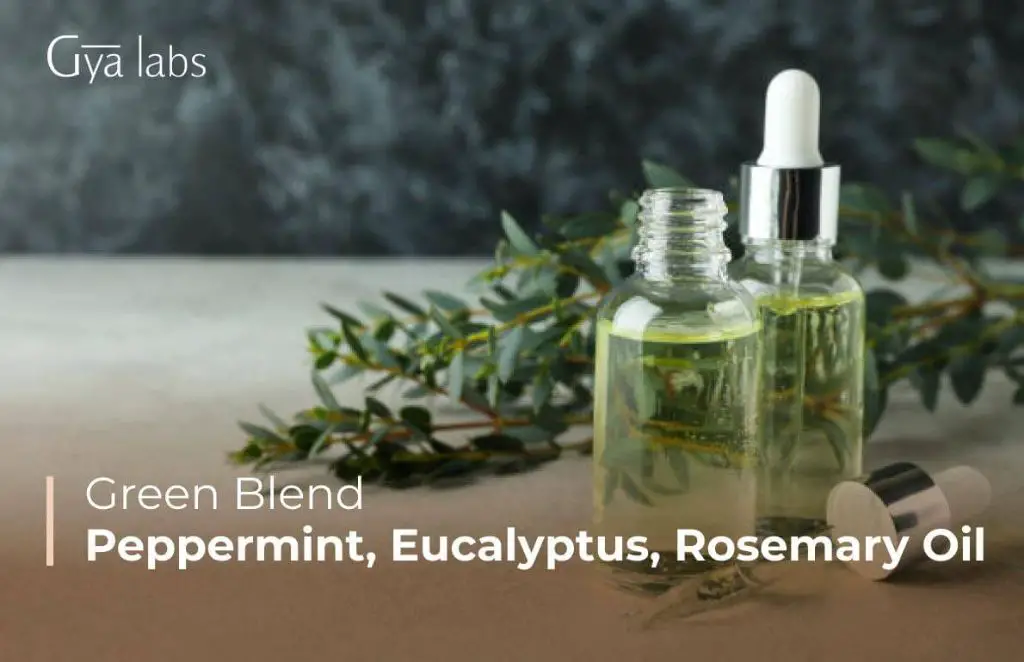
Aura Cacia’s Eucalyptus Peppermint Diffusion Blend – This blend is designed for diffusing to purify and refresh indoor air.
Plant Therapy’s Eucalyptus Globulus-Peppermint Blend – Features a 2:1 ratio of eucalyptus to peppermint.
Edens Garden’s Eucalyptus Globulus-Peppermint Synergy Blend – A refreshing and invigorating formula.
These premade blends can be purchased online through the brands’ websites as well as large retailers like Amazon and health food stores.
Complementary Oils
Eucalyptus and peppermint oils blend well with a variety of other essential oils to enhance their aromatherapy benefits. Here are some complementary oils to consider:
Lavender – Lavender adds a floral, calming note that balances the intensity of eucalyptus and peppermint. Together, they promote relaxation and clear breathing (1).
Lemon – Lemon’s bright, uplifting citrus scent pairs nicely with the cooling mintiness of peppermint and eucalyptus. This blend can improve mood and concentration (2).
Rosemary – Rosemary has an invigorating, herbaceous aroma that complements eucalyptus. Blending them can help stimulate the mind and body (3).
Tea tree – Tea tree’s medicinal, woody fragrance works well with eucalyptus. Their antimicrobial properties make them ideal for cleansing blends (1).
When combining eucalyptus and peppermint with other oils, use diluted blends and follow safe usage guidelines. Synergistic blends can offer greater aromatherapy benefits.
Choosing Quality Oils
When selecting eucalyptus and peppermint oils, it’s important to source high quality, pure oils. There are currently no official standards for “therapeutic grade” essential oils in the United States [1], so it’s best to look for reputable brands that thoroughly test each batch of oil.
High quality essential oil producers have rigorous testing protocols to verify the purity and potency of oils. GC/MS testing can identify the chemical composition of an oil to ensure there are no fillers or contaminants [2]. Organoleptic testing involves expert sensory evaluation of aroma, color, taste, and feel. High quality eucalyptus and peppermint oils should have their distinctive aromas and should not smell off or rancid.
When possible, choose eucalyptus and peppermint oils that are steam distilled at low temperatures and pressures to maintain the therapeutic benefits of the plant compounds. Oils that are subject to quality control testing and verified for purity demonstrate a commitment to providing a high quality product [3].
Safety Considerations
When using essential oils like eucalyptus and peppermint, it’s important to keep safety in mind. Eucalyptus oil should not be used on or diffused around children under 2 years old (https://tisserandinstitute.org/learn-more/kids-inhalation-safety/). Peppermint oil can be dangerous if ingested by young children and should be kept out of reach (https://www.healthline.com/health/are-essential-oils-safe).
When using these oils topically, dilute them properly with a carrier oil to avoid skin irritation. Do not apply eucalyptus oil near the face of young children. Eucalyptus and peppermint may interact with certain medications, so consult your doctor if you take prescription drugs and want to use these oils (https://www.lung.org/blog/essential-oils-harmful-or-helpful). Use essential oils safely and keep out of reach of children and pets.
Storing and Shelf Life
Proper storage is crucial for maintaining the freshness and potency of essential oils. Eucalyptus and peppermint oils should be stored in dark, cool places to limit light exposure and temperature fluctuations. Ideally, they should be kept in tightly sealed bottles away from heat, humidity, and direct light. According to Millstone Organics, essential oils can be stored in “a drawer or cupboard, or anywhere that isn’t frequently exposed to light and extreme temperatures” (https://millstoneorganics.com/blogs/news/essential-oil-storage-tips-5-best-practices).
When stored properly, eucalyptus and peppermint oils can have a shelf life of 1-2 years. However, improper storage like heat exposure can shorten their lifespan. Young Living recommends using essential oils within 12 months for best quality but notes some can last up to 24 months (https://www.youngliving.com/blog/essential-oil-storage-the-basics/). Checking for signs of oxidation like changes in color or scent can indicate if an oil is still usable. Overall, following best practices for dark, cool storage will ensure eucalyptus and peppermint oils maintain their freshness and aroma.
Conclusion
Eucalyptus and peppermint oils complement each other extremely well. Both oils are known for their refreshing, cooling, and invigorating properties. When blended together, the minty-camphor notes of eucalyptus harmonize beautifully with the bright, crisp menthol notes of peppermint.
Creative blend possibilities with these oils are endless. A simple blend of a few drops of each in a diffuser creates an energizing and uplifting aroma. For a soothing massage oil, blend them with a carrier oil like coconut or jojoba. Add them to bath salts or homemade soaps for a refreshing experience. For a stimulating chest rub, combine with a base of coconut or olive oil. The cooling and clearing properties of both oils make them ideal for DIY decongestant rollerballs. Overall, eucalyptus and peppermint are a dynamic blend that promote respiratory wellness and mental clarity.

